Rare hybrid solar eclipse to appear in South Pacific this week

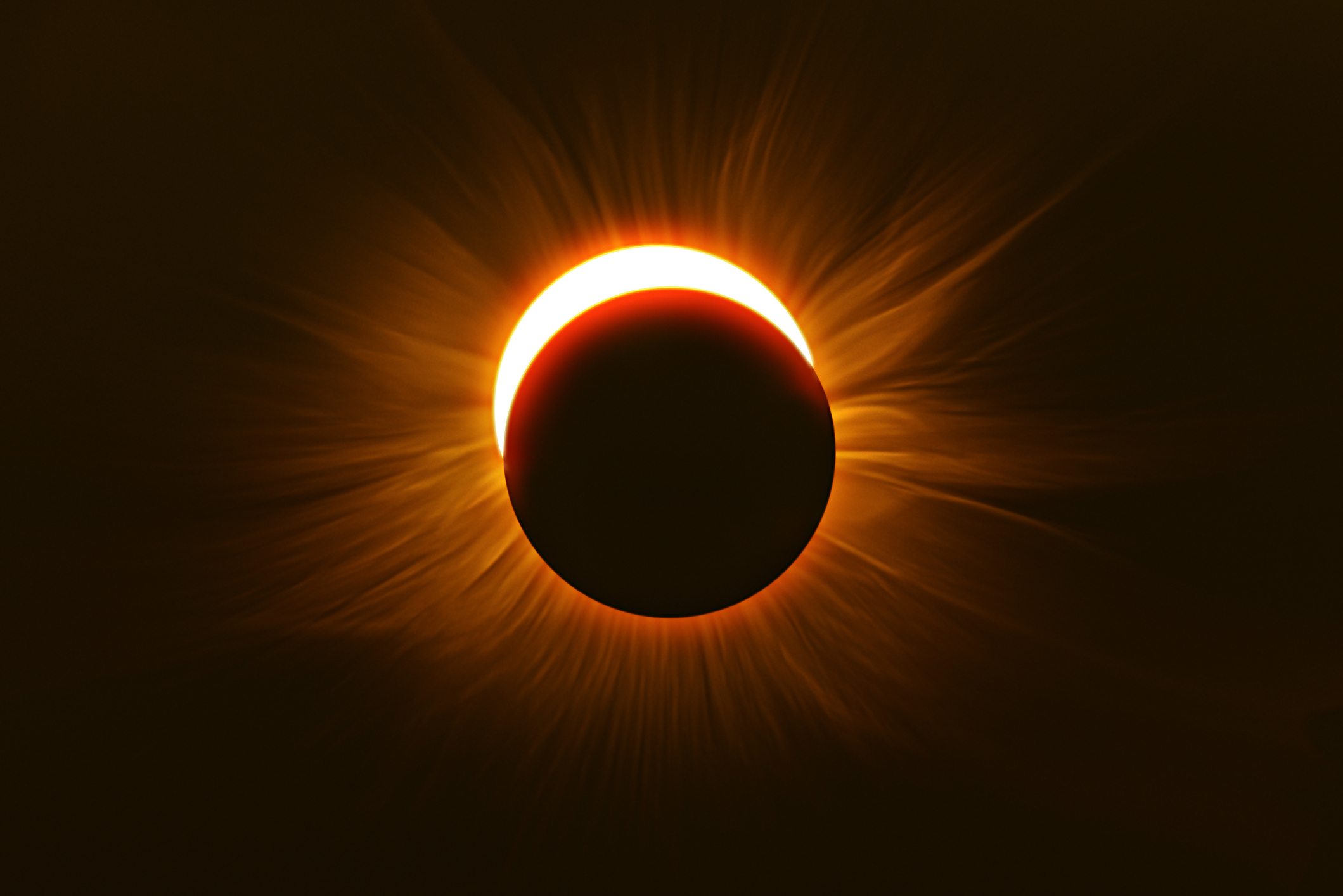
On Thursday, a rare type of solar eclipse known as a hybrid eclipse will appear in the sky. This is when an eclipse is both a total solar eclipse and a partial solar eclipse at the same time, when normally it is either one or the other. This type of eclipse only makes up approximately 3 percent of the eclipses to occur in the 21st century.
During a total solar eclipse, the moon "covers the body of the sun entirely, leaving only the fiery solar corona visible," while in a partial or annular eclipse, the moon "covers only part of the sun," which is a far more frequent form of the eclipse, Time writes. Whether the viewer will see a total eclipse or a partial eclipse depends on where they are viewing it from. This particular eclipse is traveling across the South Pacific Ocean and those located along its narrow path will see a total eclipse while those around it will see a partial eclipse.
East Timor, Indonesia, and one inhabited town in Australia will be able to see a true total eclipse, while the rest of the South Pacific will see a partial eclipse, LiveScience explains. In addition, in the middle of the Indian Ocean, "two spots will present viewers with the eclipse transitioning from annular to total and back again." Use eclipse glasses when viewing to avoid damage from staring at the sun. The eclipse will also be live-streamed.
The Week
Escape your echo chamber. Get the facts behind the news, plus analysis from multiple perspectives.

Sign up for The Week's Free Newsletters
From our morning news briefing to a weekly Good News Newsletter, get the best of The Week delivered directly to your inbox.
From our morning news briefing to a weekly Good News Newsletter, get the best of The Week delivered directly to your inbox.
The next hybrid solar eclipse will occur on Nov. 14, 2031, over North America. But the next total solar eclipse over North America will take place on April 8, 2024.
A free daily email with the biggest news stories of the day – and the best features from TheWeek.com
Devika Rao has worked as a staff writer at The Week since 2022, covering science, the environment, climate and business. She previously worked as a policy associate for a nonprofit organization advocating for environmental action from a business perspective.
-
 Tea with Judi Dench: ‘touching’ show is must-watch Christmas TV
Tea with Judi Dench: ‘touching’ show is must-watch Christmas TVThe Week Recommends The national treasure sits down with Kenneth Branagh at her country home for a heartwarming ‘natter’
-
 Codeword: December 24, 2025
Codeword: December 24, 2025The daily codeword puzzle from The Week
-
 Crossword: December 24, 2025
Crossword: December 24, 2025The daily crossword from The Week
-
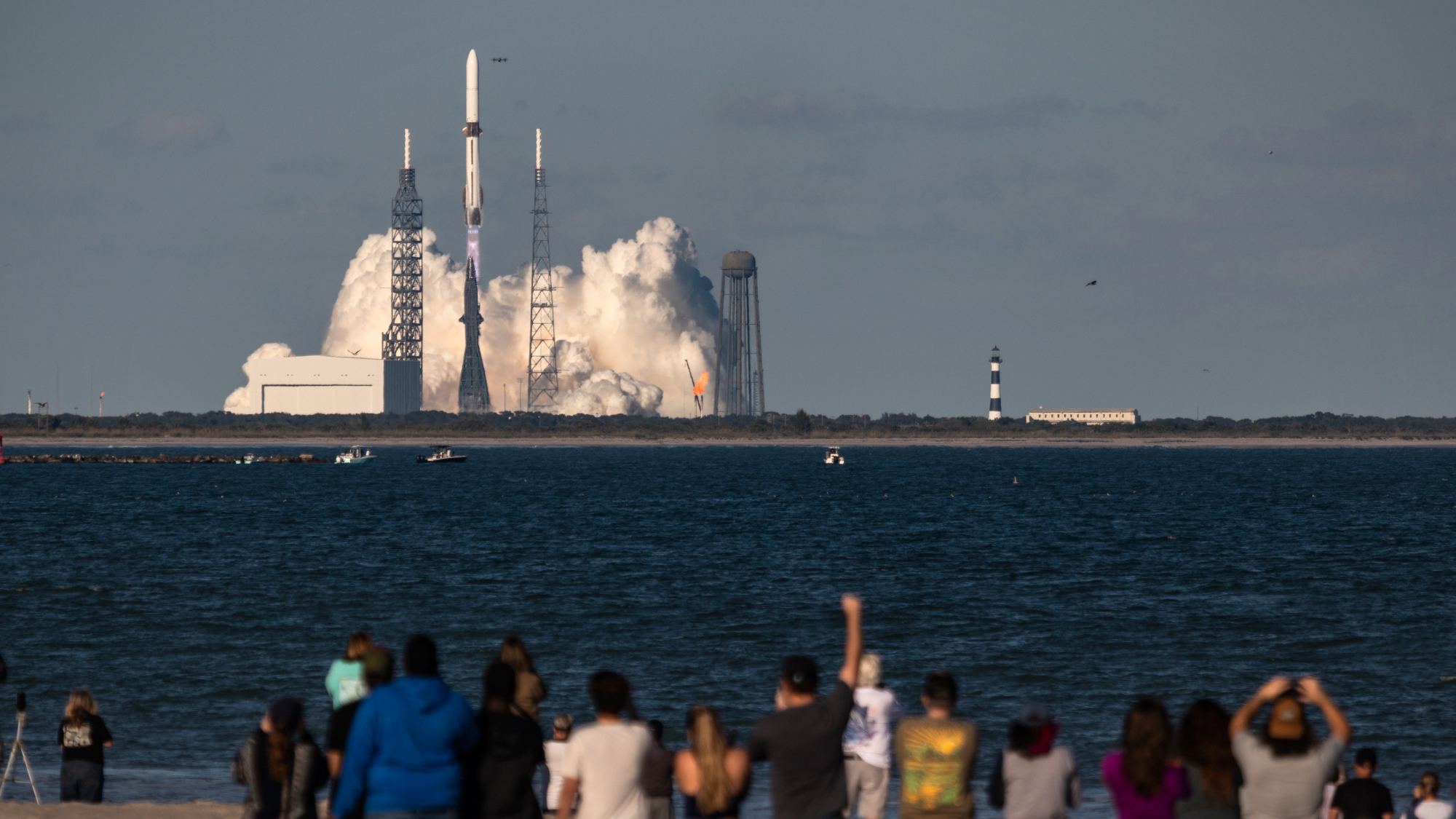 Blue Origin launches Mars probes in NASA debut
Blue Origin launches Mars probes in NASA debutSpeed Read The New Glenn rocket is carrying small twin spacecraft toward Mars as part of NASA’s Escapade mission
-
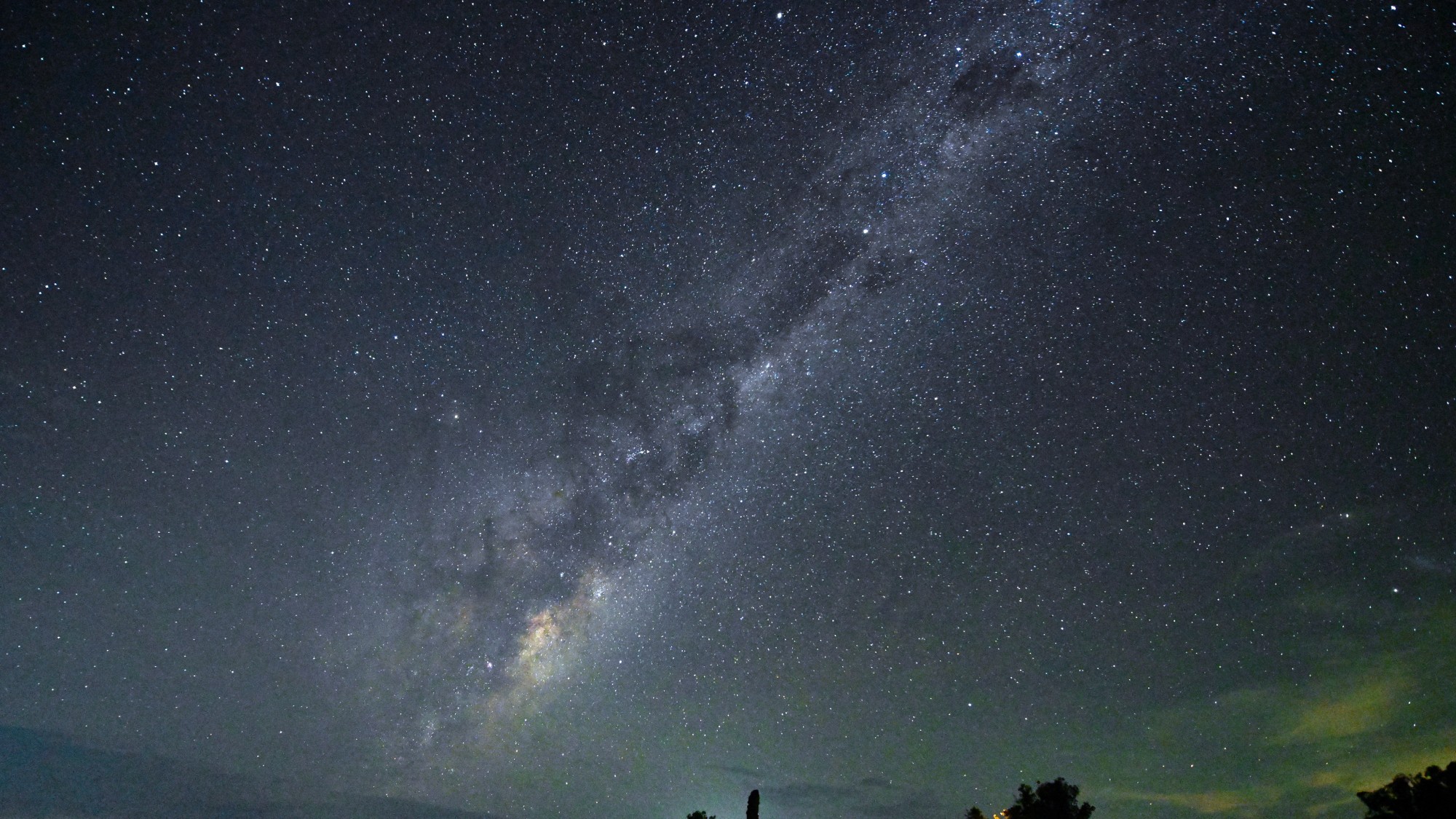 ‘The Big Crunch’: why science is divided over the future of the universe
‘The Big Crunch’: why science is divided over the future of the universeThe Explainer New study upends the prevailing theory about dark matter and says it is weakening
-
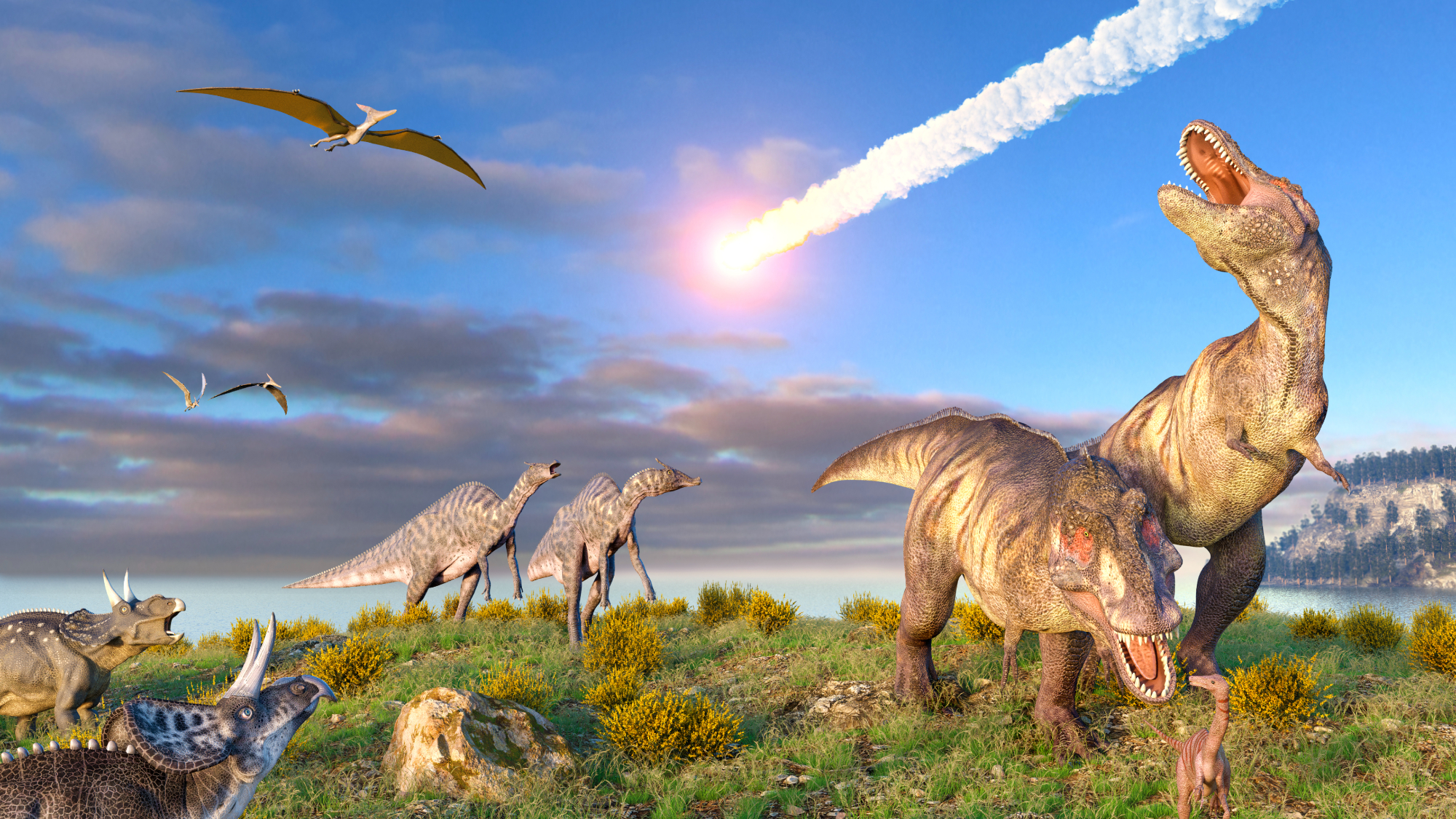 Dinosaurs were thriving before asteroid, study finds
Dinosaurs were thriving before asteroid, study findsSpeed Read The dinosaurs would not have gone extinct if not for the asteroid
-
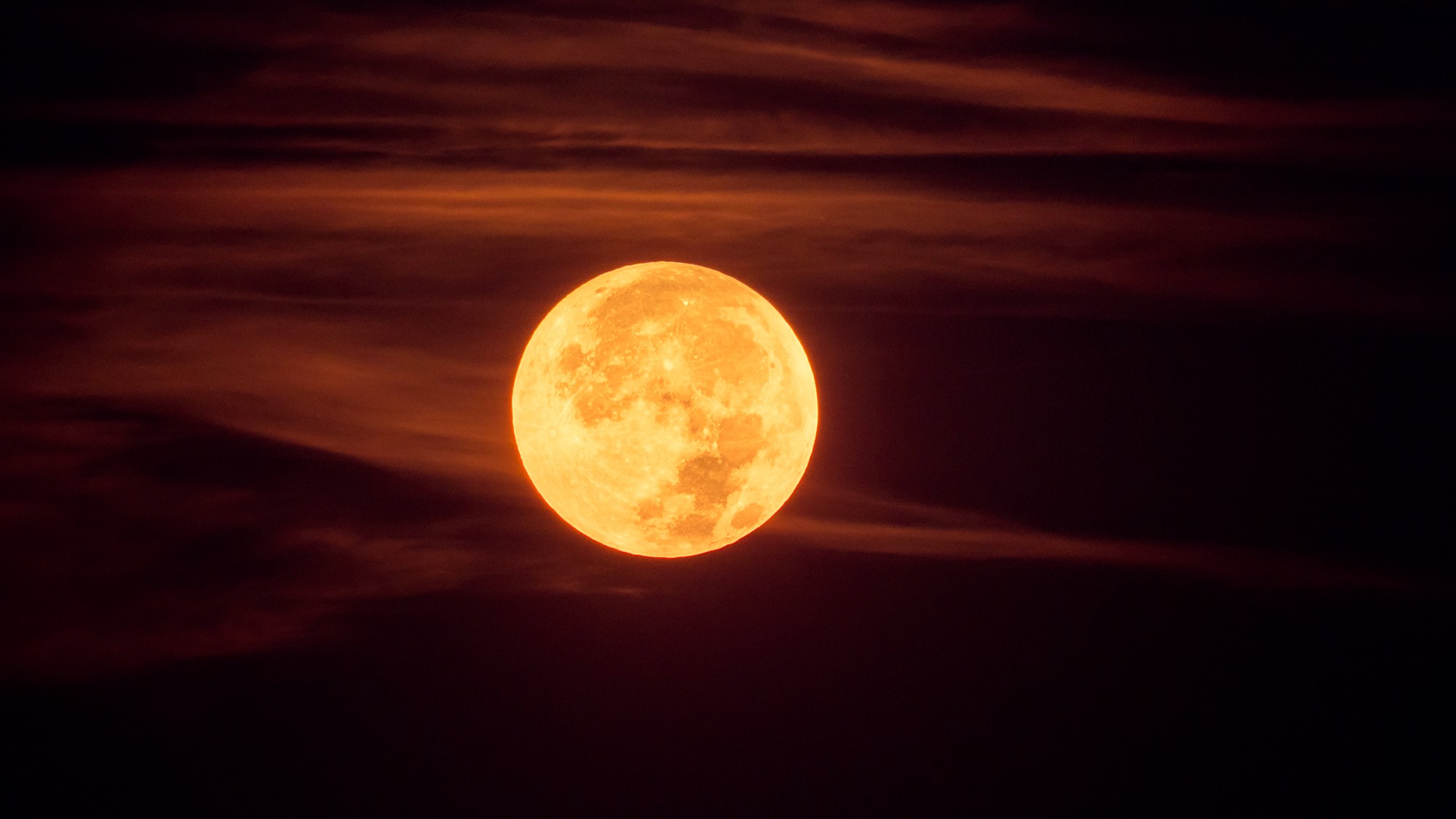 The moon is rusting
The moon is rustingUnder the radar The Earth is likely to blame
-
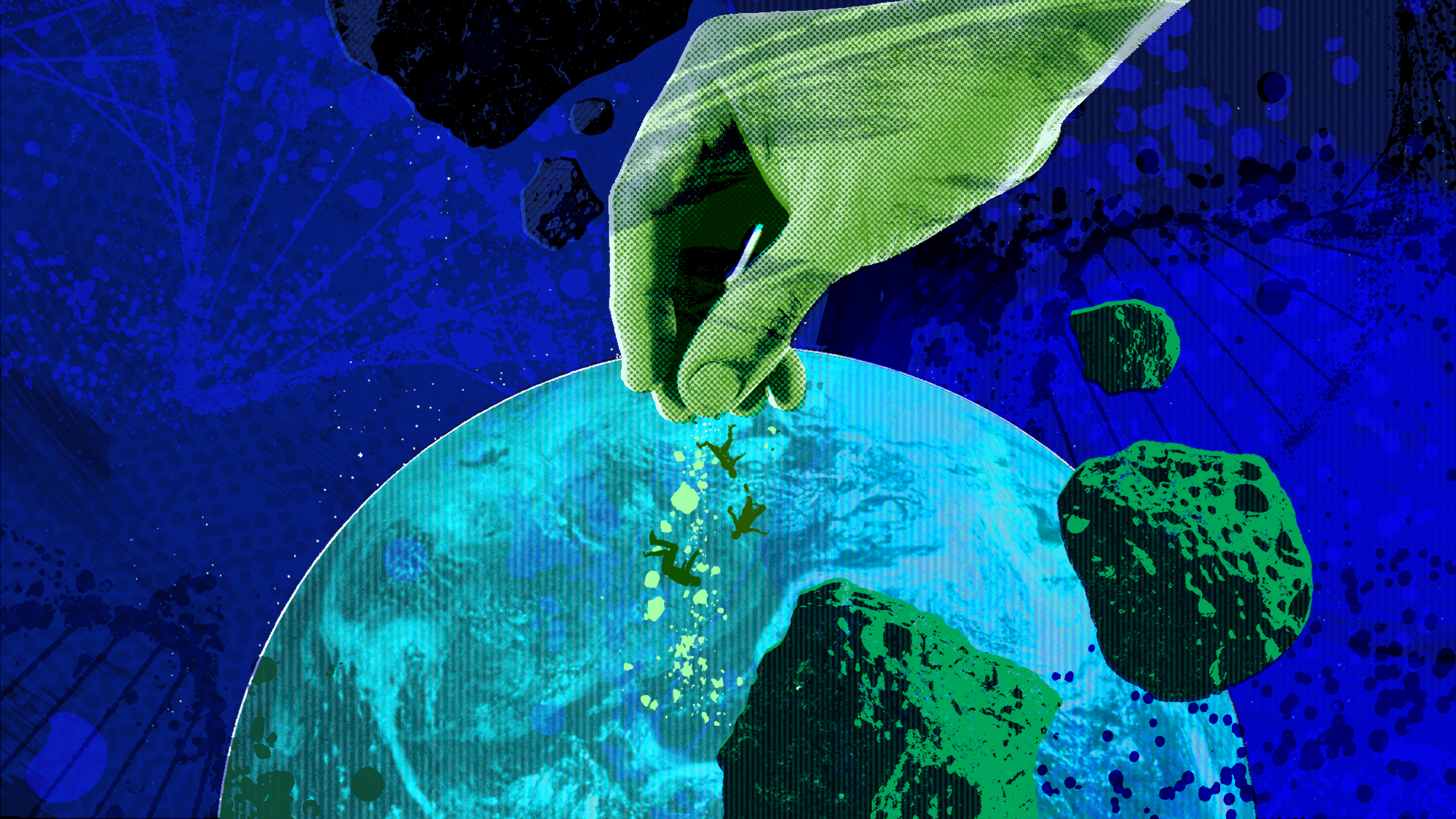 Panspermia: the theory that life was sent to Earth by aliens
Panspermia: the theory that life was sent to Earth by aliensUnder The Radar New findings have resurfaced an old, controversial idea
-
 Africa could become the next frontier for space programs
Africa could become the next frontier for space programsThe Explainer China and the US are both working on space applications for Africa
-
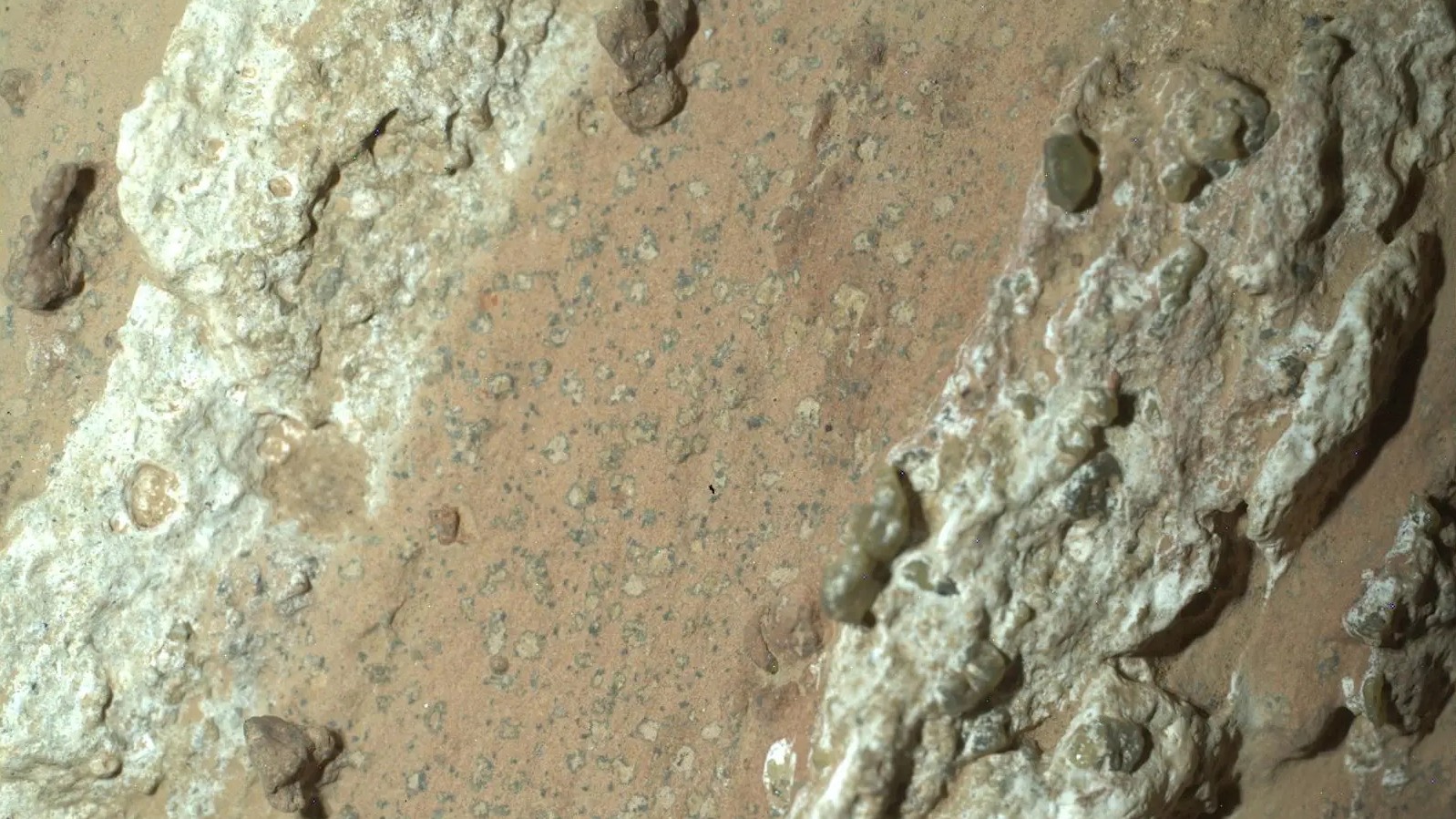 NASA reveals ‘clearest sign of life’ on Mars yet
NASA reveals ‘clearest sign of life’ on Mars yetSpeed Read The evidence came in the form of a rock sample collected on the planet
-
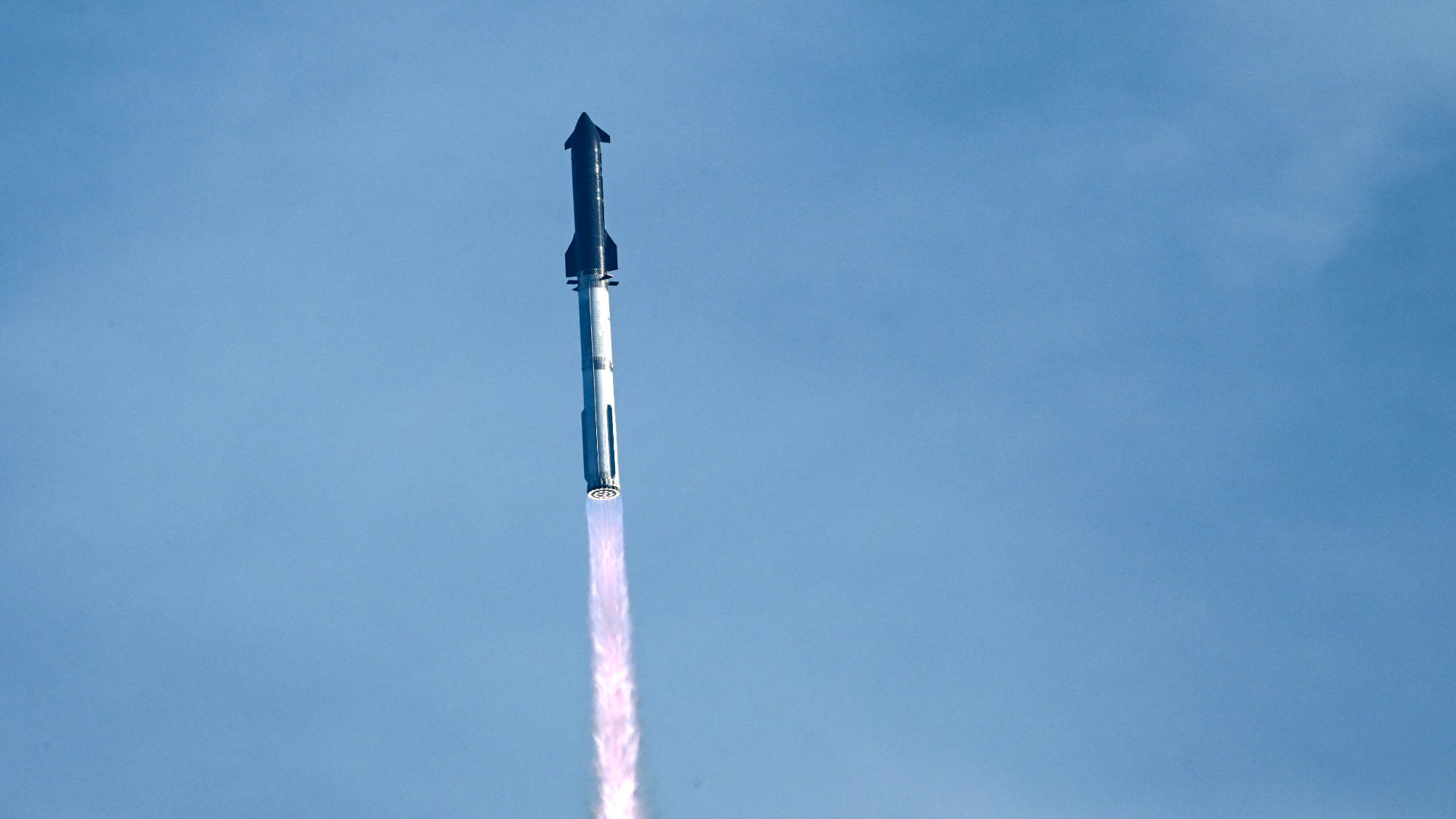 SpaceX breaks Starship losing streak in 10th test
SpaceX breaks Starship losing streak in 10th testspeed read The Starship rocket's test flight was largely successful, deploying eight dummy satellites during its hour in space
